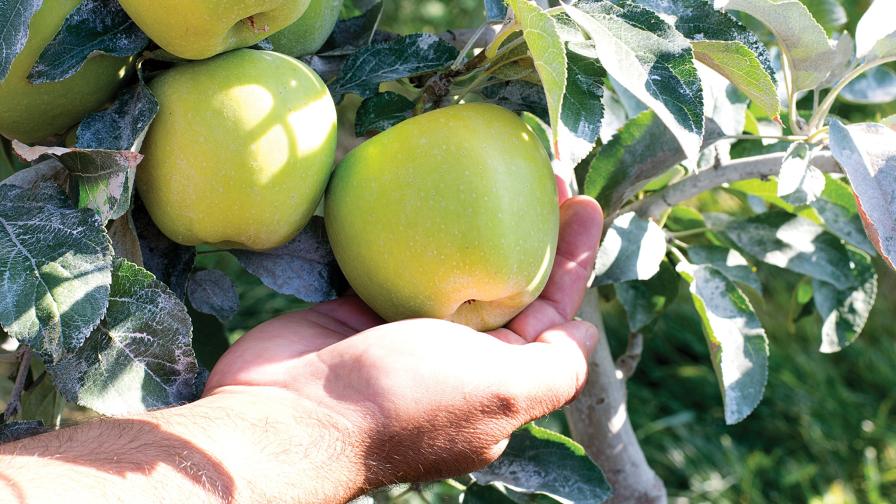Opinion: It’s Hard To Measure Sustainability
Earlier this decade, when organic fruit production and sales began to emerge as more than just a very small niche market, USDA moved quickly to develop a national organic standard. It was a good move: for producers, it helped them specifically define organic growing practices, while for marketers, it gave them a way to market a unique product to their buyers.
In the vegetable industry, similar standards have been implemented for food safety in leafy greens, and more could be on the way for the tomato industry given what’s occurred this year.
So, in light of this, why has the Leonardo Academy’s proposed national standard for sustainable agriculture been placed on the back burner, and why is this a smart move for the produce industry?
Impossible To Define
If you asked 10 different people involved in various segments of the fruit industry to define sustainability, you will probably get 10 different answers. Some might approach it from an environmental perspective, others might look at it from a “fair treatment of your labor force” view, while still others might simply say it means making sure your business is still around 10 years from now.
If you read our special “Sustainability Report” this month (starting on page 71), you will find how the 1990 Farm Bill defined sustainable agriculture. Long story short, it’s very broad, and intentionally so. In fact, when Deputy Secretary of Agriculture Charles F. Conner sent a letter to the Leonardo Academy criticizing the proposed standard, he noted that, “The definition is intentionally broad and does not exclude particular practices or technology that may contribute to achieving that sustainability.”
For now, the Leonardo Academy has gone back to the drawing board. Aside from the vagueness of the proposed standard, it also noted a lack of sufficient input from industry members who would be most affected by it. In other words, they wanted more thoughts from growers, who if faced with a standard, would have to take a close look at how they are incorporating sustainable practices into their orchard or vineyard, and how they are promoting this message to their buyers.
If and when everyone comes back to the table, hopefully they will recognize the importance of getting proper input from the specialty crop industry. Their needs certainly need to be considered.
Measuring Standards
Consider what’s taking place within some of the fruit and vegetable initiatives that are taking shape. The Technology Roadmap for Tree Fruit Production, and National Vegetable Crop Initiative, and others, are all incorporating sustainability into their goals and objectives in some form. The details may differ slightly, but the overall message is very similar. With the expertise at these levels, their voices must be heard.
One great approach to follow came to light in October, during a panel discussion at the Produce Marketing Association (PMA)’s Fresh Summit Exposition in Orlando. Representatives from Wegman’s, Stemilt Growers, Sysco, and Dole each explained how their companies have built sustainability into their corporate philosophies, and what they are doing to take it even further. But perhaps the best point came from PMA’s Kathy Means, who opened the discussion by citing PMA’s definition of sustainability as addressing the planet, people, and prosperity. But she also pointed out that PMA is monitoring the different sustainability initiatives throughout the industry. From there, it will look to develop standard “measurements” — not standards themselves. This is certainly a good path to follow; as fruit growers know, standards may be loose, but measurements are exact.










